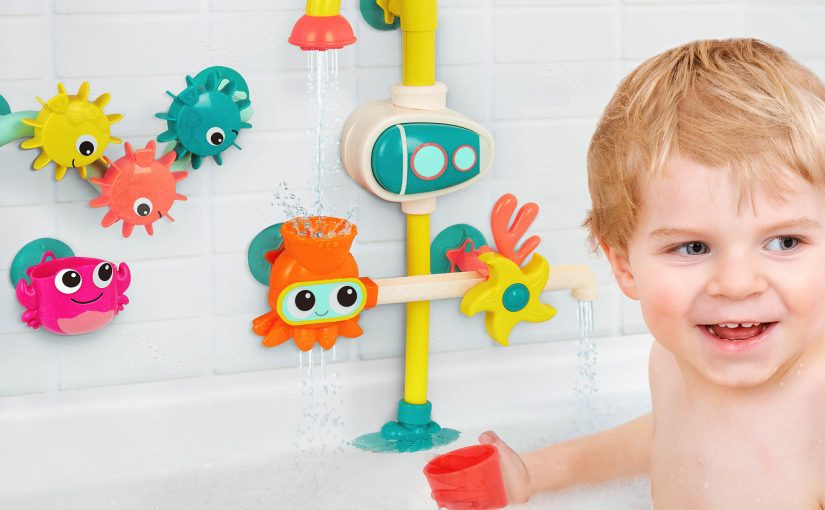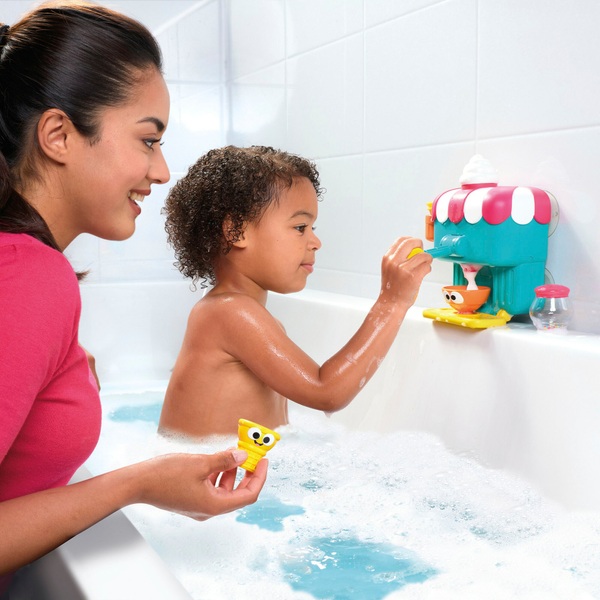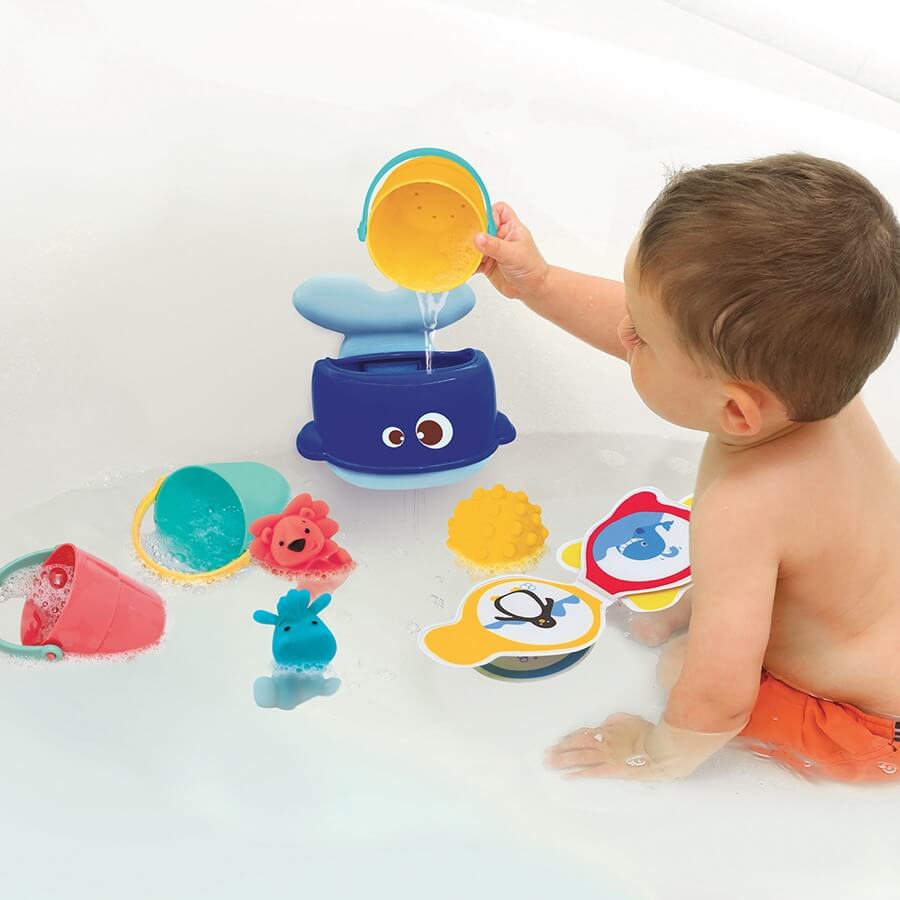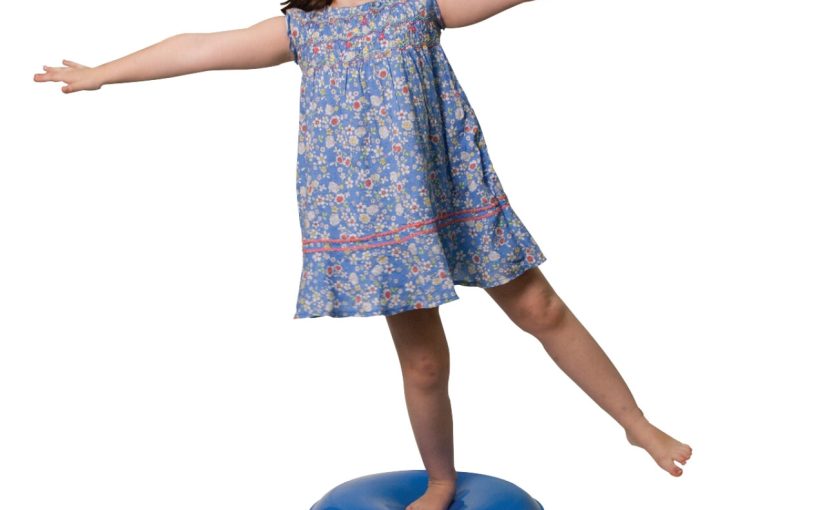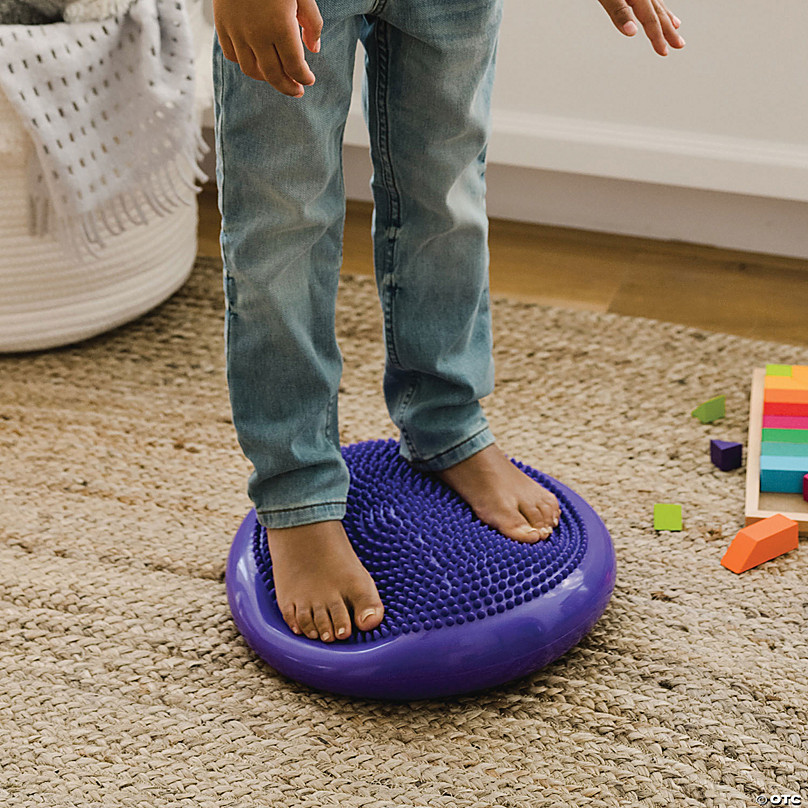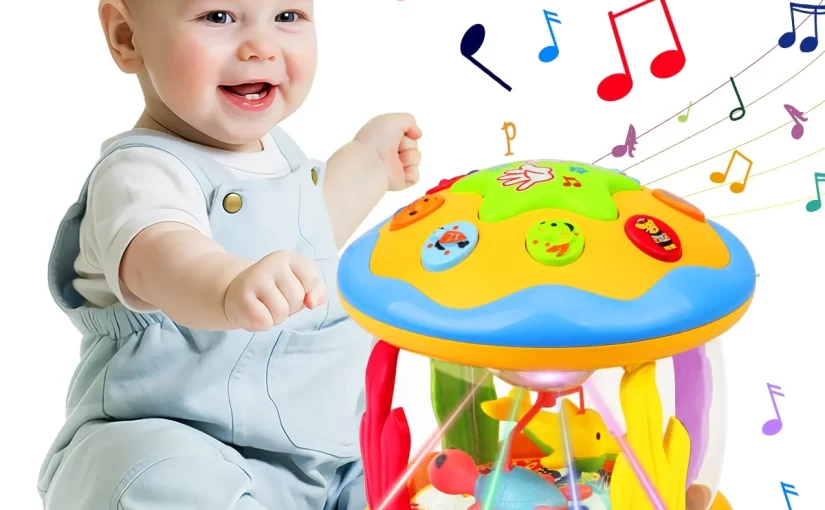Importance of Bath Time for Toddlers
Bath time is more than just for cleanliness. For toddlers, it’s a magical time that blends play with routine. Here’s why bath time is crucial for your little ones:
- Developmental Growth: Splashing in a tub helps toddlers enhance their motor skills. Grabbing bath toys can improve their hand-eye coordination.
- Learning and Discovery: Bath time is a learning hub. Toddlers explore water properties, like floating and sinking, which fuels their curiosity.
- Bonding Time: This is a special time for parents and children. It’s an opportunity to bond, with fun interactions and laughter over playful bath toys.
- Routine Creation: Regular bath time helps establish a routine. This can provide a sense of security and help with bedtime transition.
- Sensory Stimulation: The feel of water and different bath toys stimulate the senses. This is essential for cognitive development.
Incorporating safe and entertaining bath toys enhances this important time. Choosing the right toys can turn a simple bath into an adventure, enriching their growth and making it a time that toddlers look forward to every day.
Criteria for Choosing Safe Bath Toys
When selecting bath toys for toddlers, safety is paramount. Here are critical factors to consider:
- Non-Toxic Materials: Ensure the toys are BPA-free and made from non-toxic plastics or rubber. This protects your child from harmful chemicals during play.
- Size and Shape: Pick toys that are too large to swallow but easy for small hands to hold. This limits choking hazards.
- Durability: Quality bath toys should withstand rough play. Durable toys don’t break easily, preventing sharp edges that could harm your toddler.
- No Small Parts: Toys with detachable parts pose a choking risk. Opt for solid, one-piece toys.
- Easy to Clean: Choose toys that are simple to clean and dry. This minimizes the risk of mold and bacteria.
- Age Appropriateness: Consider the recommended age range on the packaging to ensure the toys match your toddler’s developmental stage.
Remembering these criteria will help parents choose safe, engaging bath toys that make bath time both fun and educational for toddlers.
Top Recommended Bath Toys for Toddlers
Finding the right toys to make bath time enjoyable and safe for toddlers is crucial. To help you choose, here’s a list of some highly recommended bath toys:
- Floating Toys: Look for classics like rubber ducks or boats. They inspire imagination and are perfect for pretend play.
- Squirt Toys: These can help improve hand-eye coordination as toddlers learn to aim and squirt water.
- Stacking Cups: Great for pouring and filling, these toys also introduce basic concepts of volume and gravity.
- Water Wheels: Watching water spin the wheels can captivate toddlers and teach them cause and effect.
- Bath Books: Made of waterproof materials, these books can make reading a part of bath time and enhance language skills.
- Bath Puzzles: Foam puzzles that stick to the tub when wet engage toddlers in problem-solving.
- Bubble Makers: Safe bubble-blowing toys can add a layer of fun without the need for soap that might irritate sensitive eyes.
Remember to check each toy against the safety criteria provided earlier and choose items that align with your child’s interests and developmental stage. With these toys, bath time can become a highlight of the day, providing joy and learning opportunities for toddlers in equal measure.
Bath Toy Safety Tips
Ensuring safety during bath time is as crucial as making it enjoyable. Here are some safety tips to keep in mind when your toddler is playing with bath toys:
- Inspect Regularly: Check toys often for damage. Discard any with sharp edges or broken parts.
- Supervise Play: Always stay with your toddler during bath time. It helps prevent accidents and lets you share fun moments.
- Clean Toys After Use: Rinse toys with clean water. Remove any standing water to avoid mold.
- Avoid Electric Toys: Electric toys could be dangerous around water. Stick to non-powered bath toys for safety.
- Use Slip-Resistant Mats: Place mats in and around the tub. They help prevent slips when your toddler is reaching for toys.
- Keep Water Temperature in Check: Make sure the water isn’t too hot. Use a bath thermometer if needed.
Following these safety tips will help make bath time a secure and enjoyable experience for your little one.
Easy to Clean and Mold-Free Bath Toys
Choosing bath toys that are easy to clean is vital. It helps keep bath time safe and hygienic. Mold-free toys protect your toddler from potential allergens and bacteria. Look for these features in bath toys:
- Non-Porous Surfaces: Toys with non-porous surfaces stop water from seeping in. This prevents mold growth inside.
- Drain Holes: Toys with holes allow water to drain out completely. They dry faster, reducing mold risks.
- Dishwasher Safe: Some bath toys can go in the dishwasher. This makes cleaning them a breeze.
- Simple Design: The fewer crevices and hard-to-reach spots, the better. Simple designs ensure thorough cleaning.
- Boilable Materials: Some rubber toys can be boiled. Boiling kills germs and keeps toys mold-free.
Every few weeks, give bath toys a deep clean. Use a solution of warm water and vinegar to soak the toys. Rinse well after cleaning and let them air dry. Always squeeze out excess water if the toys have squirt features. By choosing and maintaining clean, mold-free bath toys, bath time stays safe and fun.
Interactive Bath Toys to Enhance Learning
Interactive bath toys do more than just make splashes; they turn bath time into an educational experience. Here are the kinds of toys that can help your toddler learn as they play:
- Musical Toys: Encourage an interest in sounds and rhythm with waterproof musical instruments like drums or flutes.
- Color Changing Toys: Toys that change color with temperature shifts teach toddlers about cause and effect, and they’re a visual delight.
- Alphabet and Number Sets: Foam letters and numbers that stick to the tub walls help kids learn to spell and count.
- Shape Sorters: Matching different shapes develops problem-solving skills and hand-eye coordination.
- Counting Toys: Find toys that encourage counting, like numbered fish that float around the tub.
- Interactive Storytelling Toys: Some toys come with stories that parents can tell, making bath time an imaginative storytelling session.
- Bath Time Fishing Sets: Catching fish with a net or rod can be an adventurous game that improves motor skills.
These toys not only entertain but also build critical thinking and enhance sensory perception. They encourage toddlers to interact with their environment in new and creative ways. And remember, while your toddler is soaking up knowledge with these interactive toys, make sure they align with the safety criteria discussed earlier. Play, learn, and stay safe during bath time!
Eco-Friendly and Non-Toxic Options
In our quest for safe bath toys, eco-friendly and non-toxic options are a must. These choices are not only good for our toddlers but also kind to the planet. Here’s what to look for:
- Biodegradable Materials: Choose toys made from natural rubber or plant-based plastics. These materials break down over time and don’t harm the environment.
- Recyclable Packaging: Look for toys that come in recyclable packaging. This reduces waste and promotes sustainability.
- No BPA and Phthalates: Ensure the toys are free from BPA and phthalates. These chemicals can be harmful if ingested or absorbed.
- Organic Textiles: For cloth bath toys, pick ones made from organic cotton. It’s grown without toxic pesticides and is safer for a child’s skin.
- Soy or Beeswax Coatings: Choose toys with natural coatings. They are safer than those with chemical-based paints.
- Eco-Friendly Brands: Support brands that prioritize the environment. Their products often meet higher safety and sustainability standards.
Remember to balance eco-friendliness with the other safety and cleaning tips previously mentioned. By doing so, bath time can be a healthy, joyful, and eco-conscious activity for your little one.
Storing Bath Toys: Keeping the Tub Tidy
Keeping a toddler’s bath toys organized is key to maintaining a clean and safe bathroom. Proper storage solutions not only keep the tub area tidy but also make it easier to clean and dry the toys, reducing the chance of mold formation. Here’s how to store bath toys efficiently:
- Use Mesh Bags: Hang a mesh bag near the tub. They allow water to drain and toys to air dry quickly.
- Install Bath Toy Organizers: There are organizers designed to stick to the bathroom wall. These can hold toys and allow them to drip dry.
- Dedicate Shelves or Bins: Allocate a space in the bathroom for toy storage. Ensure it’s accessible to your toddler but safe from tripping hazards.
- Implement Drying Racks: Consider using a drying rack for the toys. It helps them dry out completely before the next use.
- Rotating Toys: Keep only a few toys in the tub at a time. Rotate them to keep your toddler’s interest and make cleaning manageable.
- Regular Decluttering: Periodically check for broken toys or those no longer used. Decluttering prevents overcrowding and keeps the collection fresh.
Bath toy storage is not just about organization. It’s about maintaining the cleanliness and longevity of each toy. Efficient storing methods contribute to the safety and enjoyment of bath time. Always choose storage options that meet these criteria and fit conveniently in your bathroom space. With the right storage solution, bath toys are kept clean, mold-free, and ready for the next splash-filled adventure.
